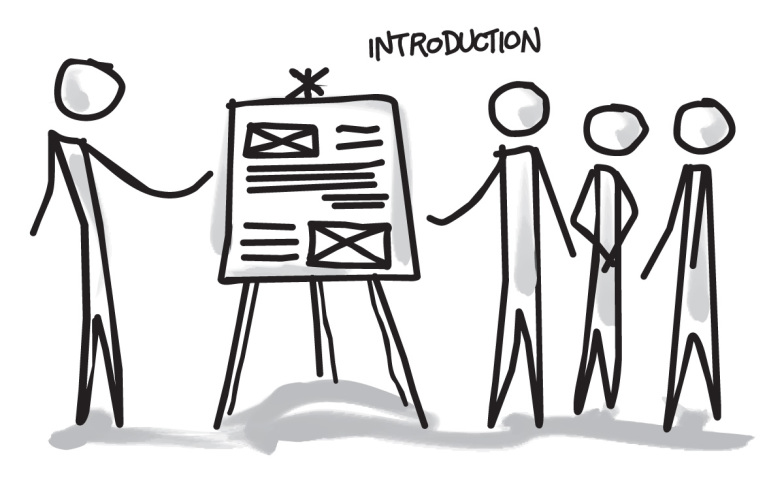We are starting our 10-piece series of articles on usability, user research, user and usability testing and related topics and methodologies.
What’s this all about?
Over the course of next several weeks, we will publish number of posts covering the following topics: Introduction to usability (this, current post), Setting goals, Designing a test scenario, Finding and recruiting participants, Where should the tests be held, Interaction with the user (Part 1 and Part 2), Data collection, Contextual inquiry and Conclusion.
So, feel free to follow along our usability and user testing journey where we will share our best practices and experiences and hope to teach you through sharing. At the end, there’ll be nice little gift and surprise for all of you. So, let’s get started!

What is user testing?
User testing is a series of test sessions with intended users (participants) during which they are told to perform certain tasks on a web page or within an application. The feedback gathered during those sessions should tell the design team how to improve the usability of the site or the app.
From now on, we’ll talk about testing websites. However, you would follow the same principles when testing apps or any other software product.
Why test users?
The ultimate goal is to improve the profitability of your product. There are many fronts on which you can act to make sure your product is improved, and focusing on users is one of them. The main question user testing tries to answer is “How are users using my product?” Keep in mind that this has nothing to do with questions such as “Who will buy my product?” or “Why would someone use this?” What we want to know when conducting user tests is “How do they use it?”
Why is that important to know? When a person buys one of your products, the sales transaction has happened, once. Now, what if you have similar products in your portfolio – will this person be happy to buy them as well? If the product has a limited lifespan, will this person buy the same product from you again, or from someone else? This depends on many factors, but mostly on their experience when using the product. It doesn’t matter how your marketing or sales department presents the product to the world, if it frustrates someone when they use it. That someone will go somewhere else next time.
The only way to really spot design problems and sources of frustration is to learn how real users use a product in real-life situations. The only people who can show you that are the users themselves. This is why you need to do user tests.
Stay tuned for our next blog post Setting goals where we will explain how to create specific user testing goals and what are key considerations.